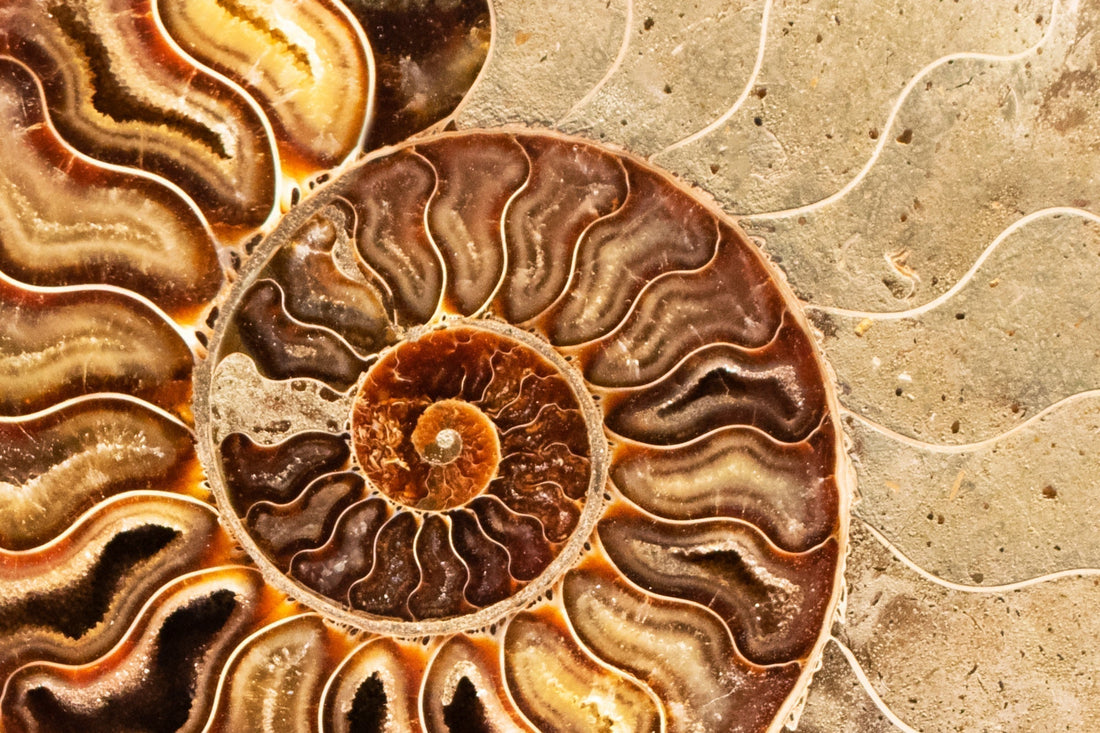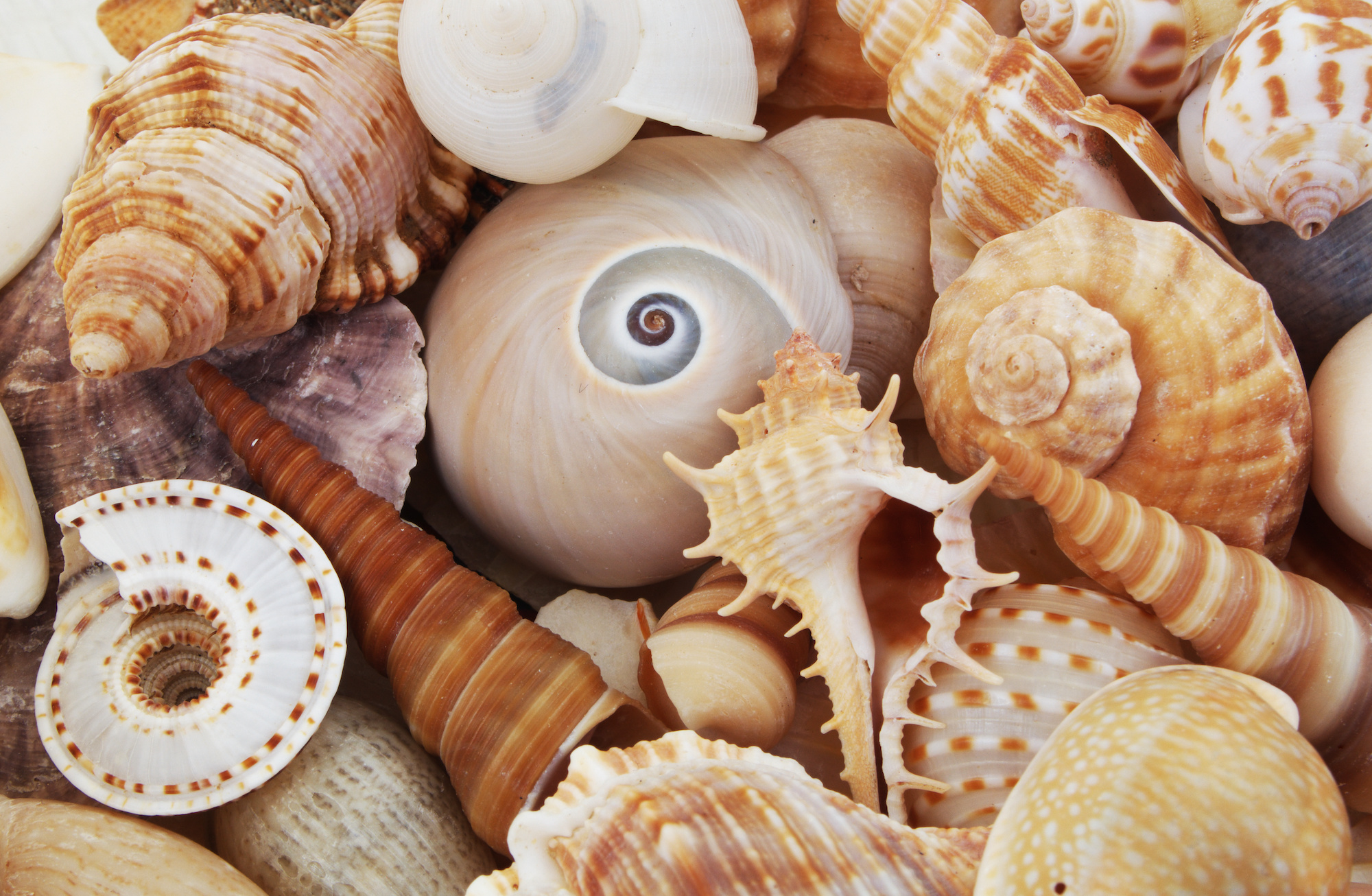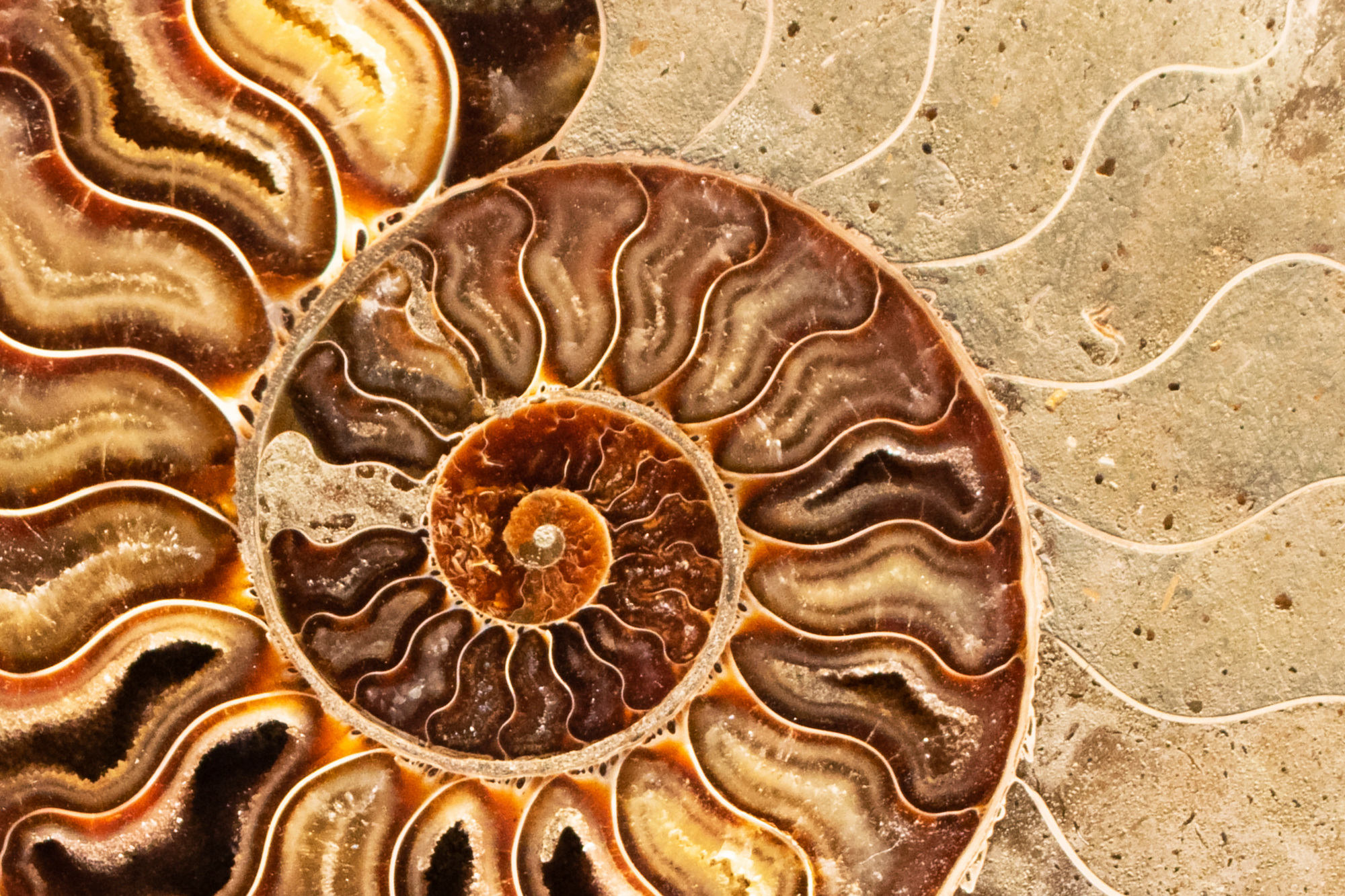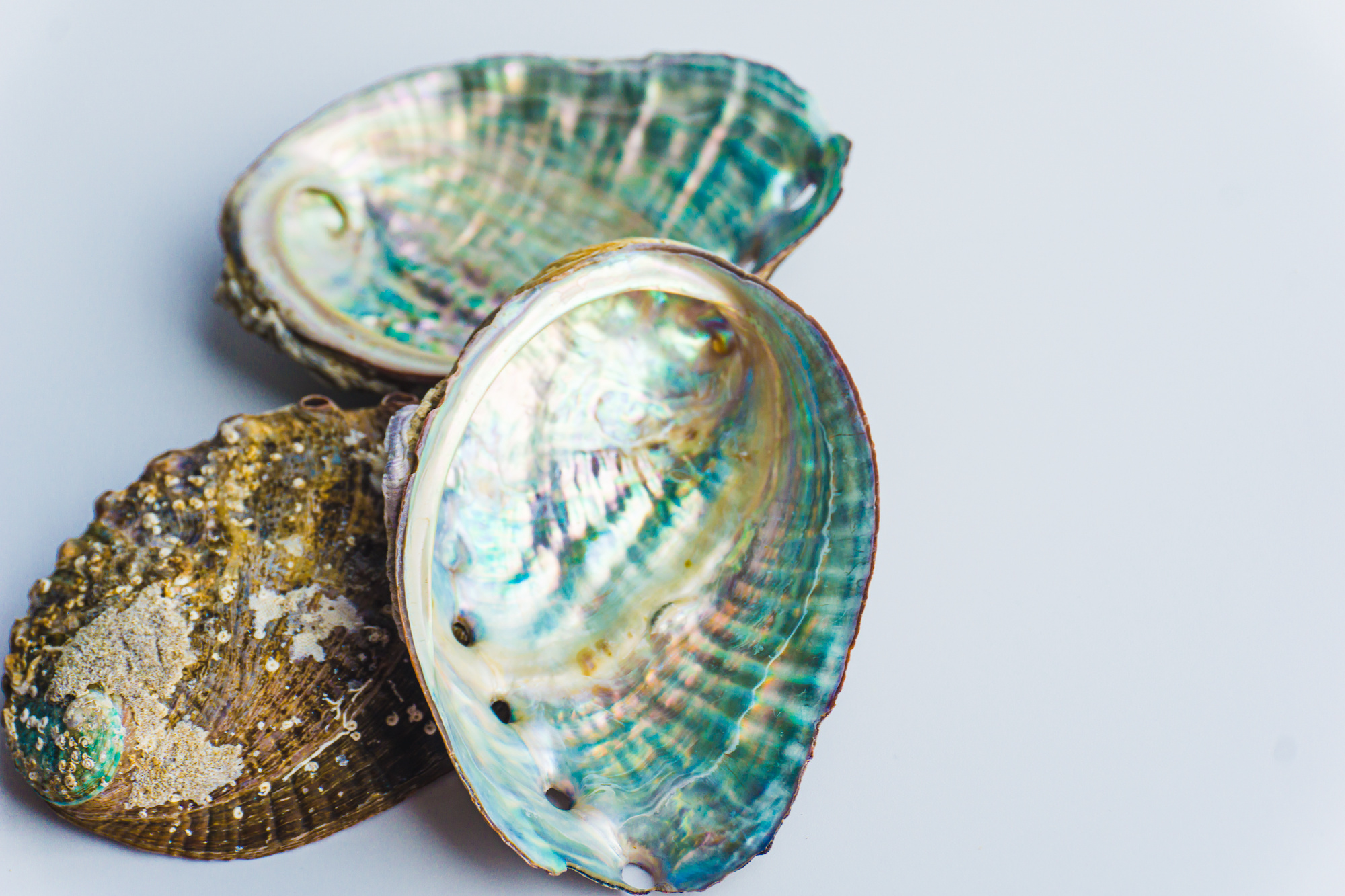
The Intricate Beauty of Sea Shells: Imperfect & Beautiful
Share
The Beauty of Seashells
Walking along the beach, you’ve probably been drawn to the colorful seashells washed up on the shoreline. Each one, a tiny masterpiece, an example of the ocean mastery within its spirals and ridges. The perfectly symmetrical patterns or the repeating curves. You might pick one up, fascinated by the intricate designs nature can produce. From the soft hues to the decorative patterns, seashells are more than just beach finds—they're fascinating pictures of nature's art we get to enjoy.
Once you start noticing the variety of seashells, you'll quickly realize there's a whole world of beautiful shells out there. You might come across the familiar conch shells, scallops, sand dollars, clams or shells of tropical sea snails. Each type of shell has its own story, shaped by the life and environment of the marine creature that lived inside.
Types of Seashells

One of the most recognizable of shells is the conch shell, known for its large, spiraled structure and vibrant colors. Conchs are often associated with tropical waters, where they can grow quite large.
Another common type is the scallop shell, easily identified by its fan-like ridges that radiate from a central point. Scallops are unique in that they can actually "swim" by clapping their shells together, propelling themselves through the water.
Clam shells and oyster shells, less flashy, come in a variety of sizes and colors. Oysters shells, on the other hand, are made of rough material, often encrusted with barnacles or other sea life.
Seashells are composed mainly of calcium, specifically calcium carbonate, which forms the very hard, protective exterior. This material is secreted by the mollusk, creating layers at the shell margin (the growing edge) over time. The process results in the beautiful patterns and structures we admire.
Imperfections in seashells are common and add to their uniqueness. Broken shells with chips, cracks, and worn edges are usually the result of the shell's journey through the ocean. These flaws tell a story of survival the mollusk faced during its life.
Seashells serve vital purposes for the creatures that inhabit them. They provide protection from predators and harsh environmental conditions. Additionally, they play a role in the broader ecosystem. When shells break down, they contribute calcium to the ocean, which is essential for other marine life, including corals and plankton.
Next time you stroll along the beach and pick up a seashell, remember that you're holding a piece of marine history. Each shell is a testament to the life and journey of an ocean-dwelling creature, offering a glimpse into the diverse and intricate world beneath the waves.
Fun Fact: In current research, scientists are studying seashell structure to make stronger, more resilient building materials.
Patterns on Seashells

Seashell patterns are more than just pretty designs; they really are wonders of nature and evolution, and they hold an intuitive appeal for beachcombers. And the unique and beautiful patterns make for an exciting seashell-collecting experience. One fun example is the leopard-spot cowrie, which has spots that resemble those of a leopard.
Examining the wide variety of seashells opens up a world that’s both fascinating and beautiful. The form of seashells is so complex that until recently scientists were only able to replicate seashells in 2D. Now thanks to computer simulations, 3D-printing, and astonishing scientific knowledge, researchers can use mathematical models to create them in 3D.
One of the most striking features you’ll notice is the symmetry in many shells. This symmetry isn’t just for show—it’s a result of the way mollusks grow. As the mollusk secretes calcium carbonate, it adds layers to its shell in a consistent, orderly manner, creating balanced, repeating patterns. Not only that, it creates a touch of magic in the shells we uncover on sandy shores.
Spirals are a particular pattern, common in shells like the nautilus or conch. Scientist Hans Meinhardt is known for connecting the patterns in seashells to the

patterns in other natural creations like leaf arrangements. He recognized that they follow particular rules like the Fibonacci sequence, a mathematical model found throughout nature, from sunflower seeds to galaxies. The logarithmic spiral seen in these shells allows the creature to grow without changing its shape, giving the animal an efficient way to expand.
The structure of the various types of seashells serves several purposes. First, the ridges and grooves can strengthen the shell, providing better protection against predators and environmental pressures.

Moreover, these features can help with camouflage. The shell pattern often blends with the surrounding environment, making it harder for predators to spot the mollusk. For example, shells with darker, broken patterns are often found in rocky or coral-filled waters, where the irregular shapes and shadows help them stay hidden.
Pigment patterns are another fascinating characteristic of shells that we love. Thee mollusk’s body produces new elements of the pigmentation pattern. These pigments can form intricate designs, like stripes, spots, or even more complex patterns. How these pigments are distributed is controlled by the mollusk’s genetics and influenced by its environment. In tropical waters, you’ll find more vibrant and diverse colors due to the abundance of light and nutrients.
Interestingly, the underlying mechanism of creating these pigment patterns is still not fully understood. Researchers believe it involves a combination of genetic instructions and environmental triggers. Some studies suggest that as the mollusk grows, it may release pigment in a timed manner, similar to how a printer lays down ink, resulting in the precise, beautiful designs we see. They are the record of a process that happens on the sea floor.
The structural growth patterns of seashells can be dynamic. For example, some shells can change color slightly in response to environmental changes or stress, offering a clue to the health of the mollusk and its habitat. The adaptability and complexity of these patterns are evidence to the mollusk’s ability to survive and thrive in diverse marine habitats.
When you look closely at a seashell, you’re not just seeing a static object but a record of the mollusk’s life and the environment it lived in, not unlike tree rings. The spirals, ridges, and colors all tell a story of growth, adaptation, and survival. The shells are records of their own genesis, so to speak, a tale of biological development. Abeautiful reminder of the wonderful world of seashell existance under the sea.

Fun Fact: The beautiful shimmery coating on abalone shells, known as nacre or mother-of-pearl, is made up of tiny aragonite crystals. These crystals reflect light in a way that creates the beautiful, iridescent effect that abalone shells are famous for. It's the same substance that coats pearls.
Why do shells end up on the beach?
It's because of a combination of natural processes. Sometimes, the animals outgrow their shells, or fall victim to predators, or reach the end of their lives, leaving behind these beautiful remnants for you to discover. Waves, tides, and currents carry these empty homes from the ocean floor to the shore, and we get a glimpse of these magnificent underwater homes.
These tropical shells play a very important role in the ocean. For the creatures that inhabit them, shells provide shelter and protection from predators and rough environments. They’re not just pretty to look at; they’re essential for survival.
Fun Fact: The peak periods for shell collecting is about 2 hours before or after low tide.
Seashell Crafts and Art
Seashells have long been a favorite material for crafts and art, bringing a touch of the ocean’s beauty into our homes. You can create a wide variety of projects using these natural treasures, from simple shell jewelry to intricate mosaics.
For beautiful seashell jewelry, small shells can be strung together to make necklaces, bracelets, or earrings, adding a coastal flair to your accessories. Larger shells can be used to make stunning centerpieces, candle holders, or decorative accents around picture frames and mirrors. The possibilities are endless, limited only by your imagination and the shells you find. A few ounces of seashells can create hours of fun for a young shell lover.
Artists also incorporate seashells into their work, creating breathtaking pieces that capture the essence of the sea. Some artists use shells to create detailed sculptures, while others embed them into paintings or mixed-media artworks to add texture and dimension.
Seashells can be painted, varnished, or left in their natural state, each approach highlighting different aspects of their great beauty. Young shell lovers enjoy making unique creations from an assortment of crafting techniques. Plus, t's an wonderful educational activity as crafting with seashells not only allows you to express your creativity and learn about shells but also helps preserve the memories of beach days and the wonder of the marine world.
Fun Fact: The Seashell Capital of the World: Sanibel Island in Florida. Sanibel Island is perpendicular to the landmass of Florida. Because of that the currents tend to flush a wide range of sea shells onto its shores.
Seashells, with their intricate patterns and fascinating structures, offer a glimpse into the wonders of the ocean. From the unique types and their purposes to the mesmerizing patterns shaped by nature, these small treasures tell stories of marine life and survival. Whether you admire them for their beauty, explore their scientific significance, or use them in art and crafts, seashells connect us to the sea and its mysteries. Next time you find a shell on the beach, take a moment to appreciate the journey it has made and the natural artistry it represents.

Don’t wait—these sales end soon, and they won’t be back!







